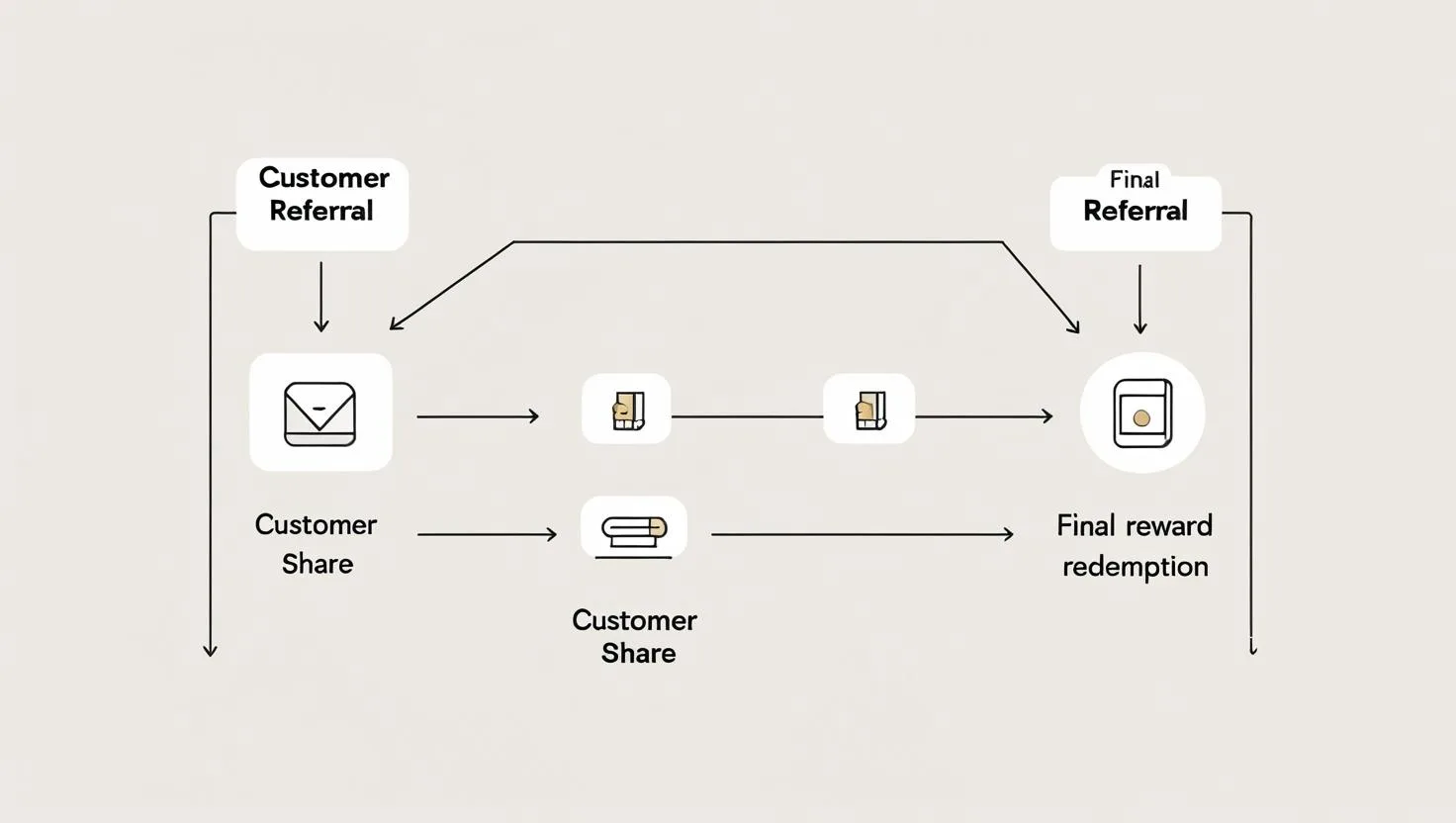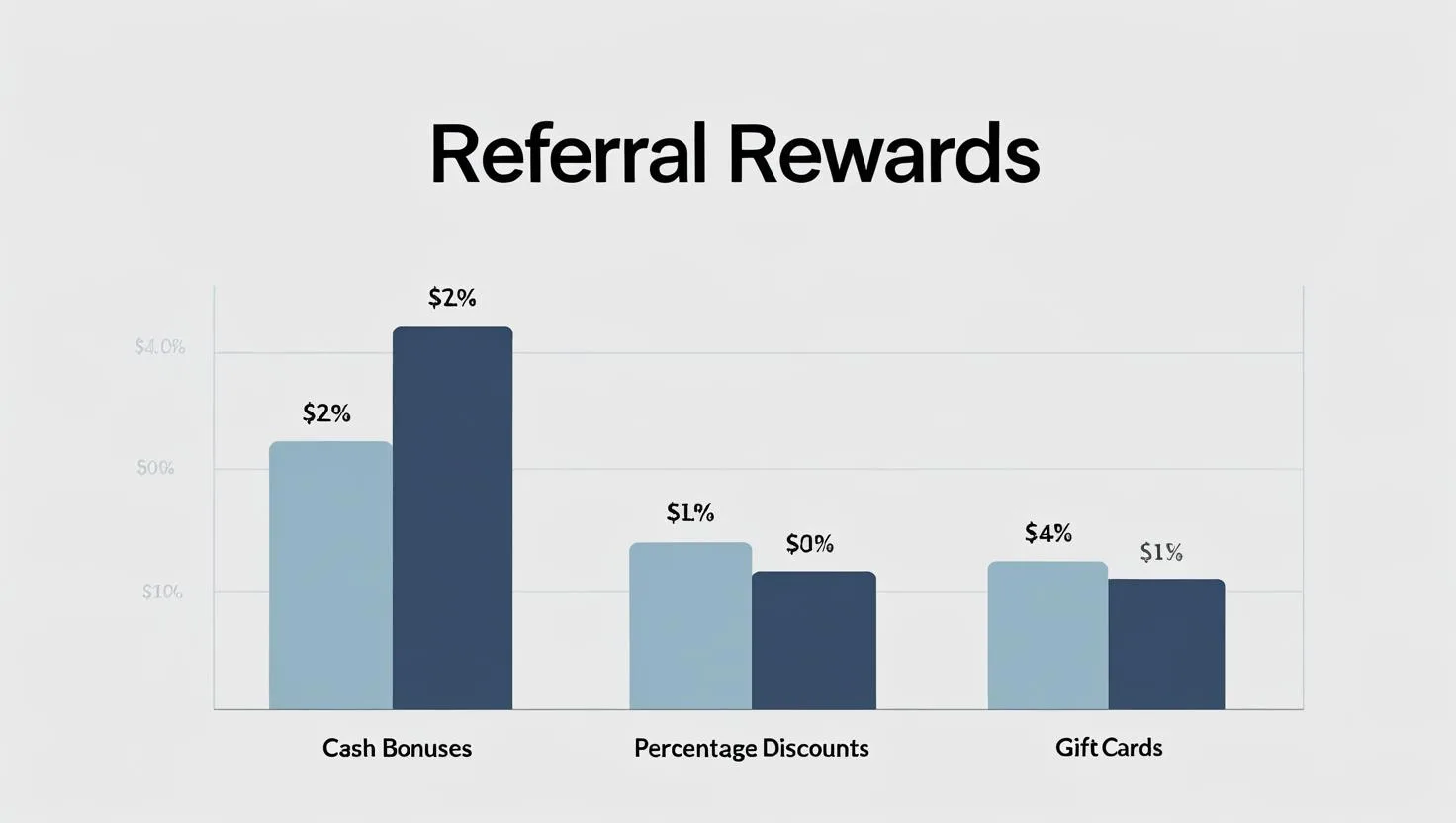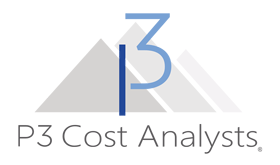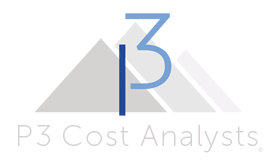Top Sales Referral Programs: How to Build a Referral Program
Sales referral programs are a proven way to generate new business by turning satisfied customers into brand advocates. Instead of relying solely on ads or cold outreach, these programs reward customers or partners for referring others. The result? Warmer leads, faster conversions, and lower customer acquisition costs.
Whether you’re a growing company or an established brand, a well-structured referral program can build trust and boost revenue. It’s a practical method that works across industries from SaaS and retail to professional services. As more businesses look to improve efficiency and return on investment, referral programs continue to gain traction as a smart, performance-based strategy.


What Is a Sales Referral Program?
A sales referral program is based on structured initiatives where businesses encourage current customers, partners, or employees to refer new prospects. When those referrals result in a sale or qualified lead, the referrer typically receives a reward, ranging from discounts to cash incentives or exclusive perks.
Unlike traditional advertising, referral programs rely on trust. People are more likely to buy from a brand that’s been recommended by someone they know. That’s why referral marketing has become such a powerful part of customer acquisition strategies.
These programs can be manual or automated using referral software that tracks invitations, links, and conversions. They’re not to be confused with affiliate marketing, which often focuses on influencers or publishers driving traffic in exchange for commission. Referral programs tend to be more personal, direct, and cost-effective.
By using a referral program, businesses tap into word-of-mouth at scale, offering a repeatable way to generate high-quality leads and reward customer loyalty at the same time.


Why Referral Programs Work
Referral programs are effective because they build on trust. When someone recommends a product or service to a friend or colleague, that recommendation carries more weight than a paid ad. People trust referrals more than brand messaging, making them more likely to take action.
Another reason these programs work is efficiency. Referral leads tend to convert faster and cost less to acquire than leads from cold outreach or traditional marketing. Businesses can reduce customer acquisition expenses while maintaining a steady flow of interested prospects.
Referral marketing also supports long-term customer relationships. When customers feel valued and rewarded for spreading the word, they’re more likely to stay engaged with the brand. This creates a cycle where referrals drive new business, and satisfied customers continue to refer others.
For companies looking to boost revenue with predictable results, a referral program can be one of the most reliable and scalable strategies available.
Key Components of an Effective Referral Program
A successful referral program relies on a few core elements that make it easy to join, rewarding to use, and simple to manage. When these components are in place, businesses can generate consistent referrals and maximize results.


Clear Incentive Structure
The reward should be attractive enough to motivate action. Common referral rewards include gift cards, account credits, discounts, or even cash. Some businesses offer double-sided incentives where both the referrer and the referred customer receive a benefit. The more aligned the reward is with your audience’s interests, the more likely they are to participate.
Easy Participation Process
A complicated process will stop a referral program before it starts. Make it effortless to refer someone with direct links, pre-written messages, or shareable buttons. Reduce friction by avoiding unnecessary forms or extra steps. The more seamless the experience, the more referrals you’ll see.
Tracking and Attribution Tools
To run a reliable program, you need to know where referrals are coming from and when to reward participants. Referral software helps track who made a referral, when it happened, and whether it led to a sale. This ensures participants get rewarded accurately and helps your team measure success over time.
When these components work together, compelling incentives, a simple process, and accurate tracking, your referral program becomes a consistent driver of new business.
Types of Sales Referral Programs
A sales referral program can take different forms depending on the business model, customer base, and industry. Choosing the right structure helps ensure stronger engagement and better results.
Direct-to-Customer Programs
These programs are designed for individuals who already use and trust your product or service. Customers are encouraged to refer friends, family, or colleagues in exchange for rewards. This is one of the most common approaches, especially in eCommerce, subscription services, and retail.
Employee or Partner-Based Referrals
Some businesses tap into their own teams or professional partners for referrals. Employees often know people who could benefit from the service, and partners (such as agencies or vendors) can refer leads in exchange for a commission or bonus. These programs work well for B2B companies and service-based industries.
B2B Referral Campaigns
For companies with longer sales cycles and complex deals, B2B referral programs focus on quality over quantity. These campaigns are often supported by account managers, business development teams, or loyal clients who understand the value of your offering and can refer high-potential leads.
Each type of program has its own benefits, and many businesses use a combination. The right approach depends on your audience, your resources, and how referrals naturally occur in your space.


How to Set Up a Sales Referral Program
Building a referral program doesn’t have to be complicated. With a clear plan and the right tools, businesses can launch a program that attracts qualified leads and keeps participants engaged.
Step-by-Step Setup Process
1. Define Your Goals
Decide what success looks like: more leads, more closed deals, or increased revenue. Clear goals help shape your referral reward structure and tracking needs.
2. Know Your Audience
Understand who your current customers are and what kind of reward will motivate them. The same goes for identifying the type of referrer you want to target—customers, partners, or employees.
3. Choose Your Incentives
Select rewards that align with your customer base. Options include:
- Discount codes
- Gift cards
- Service upgrades
- Cash bonuses: Double-sided rewards (benefiting both parties) often increase participation.
4. Pick a Tracking Tool or Platform
Referral software helps manage links, track conversions, and automate reward distribution. Tools like ReferralCandy, Referral Rock, or in-house systems can simplify the process.
5. Create Clear Messaging
Explain how the program works in simple terms. Make the benefits obvious and the steps easy to follow. Use your website, email list, and customer service team to spread the word.
6. Promote the Program
Use email, social media, and even invoices or receipts to remind customers about the program. Consistent promotion drives long-term results.
7. Monitor and Adjust
Track performance regularly. If participation drops or the ROI isn’t clear, adjust the rewards, simplify the process, or test new messaging.
Best Practices for Referral Program Success
Running a referral program isn’t just about setting it up. Long-term success depends on how well it’s managed, promoted, and optimized. Here are some effective practices that help sales referral programs perform at a high level.
1. Keep It Simple
If the program is too complicated, people won’t use it. Stick to one or two clear actions: refer a friend, get a reward. Avoid multi-step signups or confusing conditions.
2. Promote Consistently
People don’t participate in programs they forget about. Include your referral offer in:
-
Email newsletters
-
Post-purchase messages
-
Social media posts
-
Customer account dashboards
Continual visibility keeps participation strong.
3. Align Rewards with Customer Motivation
Make sure your reward appeals to your audience. B2B customers might prefer account credits or service upgrades, while B2C audiences may respond better to gift cards or store discounts.
![]()
![]()
4. Use Referral Software
Leverage referral software to handle tracking, automate rewards, and streamline communication. Tools that integrate with your CRM or email marketing platform can simplify the entire process.
5. Encourage Sharing Across Channels
Give participants multiple ways to refer others: email, social sharing, direct links, or QR codes. Make it mobile-friendly and easy to use on any platform.
6. Recognize and Thank Referrers
Even a simple thank-you message or badge can go a long way. Recognition builds loyalty and encourages repeat referrals.
Referral Success Checklist
| Practice | Purpose |
|---|---|
| Clear steps & simple structure | Boosts usability |
| Regular promotion | Keeps the program top-of-mind |
| Audience-appropriate rewards | Improves participation rate |
| Referral tracking tools | Ensures accuracy and reward delivery |
| Multi-channel sharing options | Expands reach and ease of use |
| Acknowledgment & follow-up | Strengthens relationships |
Common Mistakes to Avoid
Even well-intentioned referral programs can fall short if certain pitfalls aren’t addressed. Avoiding these common mistakes can save time, protect your brand’s reputation, and improve overall results.
Overcomplicating the Process
One of the biggest barriers to participation is a referral program that feels like a chore. If customers have to fill out long forms, read through fine print, or jump through hoops to earn a reward, they’re unlikely to follow through. Keep it straightforward and easy to understand.
Offering Weak or Misaligned Incentives
Not all rewards are motivating. If the incentive doesn’t match the value of the referral or appeal to your audience, participation will suffer. For example, offering a small discount on a high-value service may not feel worthwhile. Make sure the reward reflects what your customers care about.
Lack of Tracking or Inconsistent Reward Delivery
If participants don’t receive their rewards, or if there’s no clear way to confirm a referral was successful, trust breaks down fast. Without proper tracking and communication, the program can feel unreliable. Use referral software or systems that ensure accountability.
Failing to Promote the Program
A referral program can’t succeed if no one knows it exists. Many businesses launch a great program but never mention it again. Frequent reminders and visibility across customer touchpoints are essential for keeping the program active.
Ignoring Program Feedback
Your participants can often tell you what’s working and what’s not. Ignoring customer input or signs of low engagement can cause your program to stall. Review performance regularly and be open to adjustments.
By avoiding these issues, you’ll be in a much better position to build a referral program that delivers steady results without frustrating the people who make it possible.
Frequently Asked Questions
These are some of the most common questions businesses ask when considering or managing a sales referral program.
How do referrals work in sales?
Referrals happen when a current customer, employee, or partner recommends your business to someone they know. If that recommendation leads to a sale or qualified lead, the referrer receives a reward. Referral programs help organize and scale this process by setting clear rules and offering consistent incentives.
How to structure a referral program?
Start by defining your goals and target audience. Choose a reward that motivates your referrers, create a simple sign-up or sharing process, and use referral tracking tools to monitor results. Communication and visibility are also important. Participants should know exactly how it works and where to find their referral tools.
Do referral programs increase sales?
Yes. Referral programs often bring in higher-quality leads because the referred prospects come from trusted sources. These leads convert faster and are more likely to become loyal customers, making referral marketing one of the most cost-effective ways to grow sales.
What is a typical sales referral fee?
Referral fees vary by industry and deal size. Some businesses offer a flat dollar amount, others provide a percentage of the sale, and some offer service credits or other perks. The right fee should match the value of the lead and feel fair to both parties.
What is the most successful customer referral program?
Success depends on how well a program fits the audience and how consistently it’s managed. Programs like Dropbox’s free storage model or PayPal’s early referral bonus gained traction because they were easy to use and offered strong incentives. The most effective programs are usually those that align with both customer interests and business goals.
Image Suggestion: Customer Receiving Reward Notification
Alt Text: “Excited customer reading a referral reward confirmation on a smartphone”
Is a Sales Referral Program Right for Your Business?
If your business earns trust from satisfied customers or works closely with partners who understand your value, a referral program could be a strong fit. These programs reward people for doing something they’re likely already doing. Talking about your brand.
Referral programs work well in industries where personal recommendations carry weight, such as SaaS, consulting, financial services, healthcare, and local businesses. They’re especially effective for companies looking to improve customer acquisition without increasing ad spend.
Before launching, consider whether you can offer a reward that makes sense for your audience, support a smooth referral experience, and follow through with tracking and timely payouts. If the answer is yes, starting a referral program may help drive consistent growth through relationships you already have.
If you’re looking to optimize existing strategies or audit costs related to referral campaigns, reach out to learn how we can help you structure a smarter, results-driven approach.


